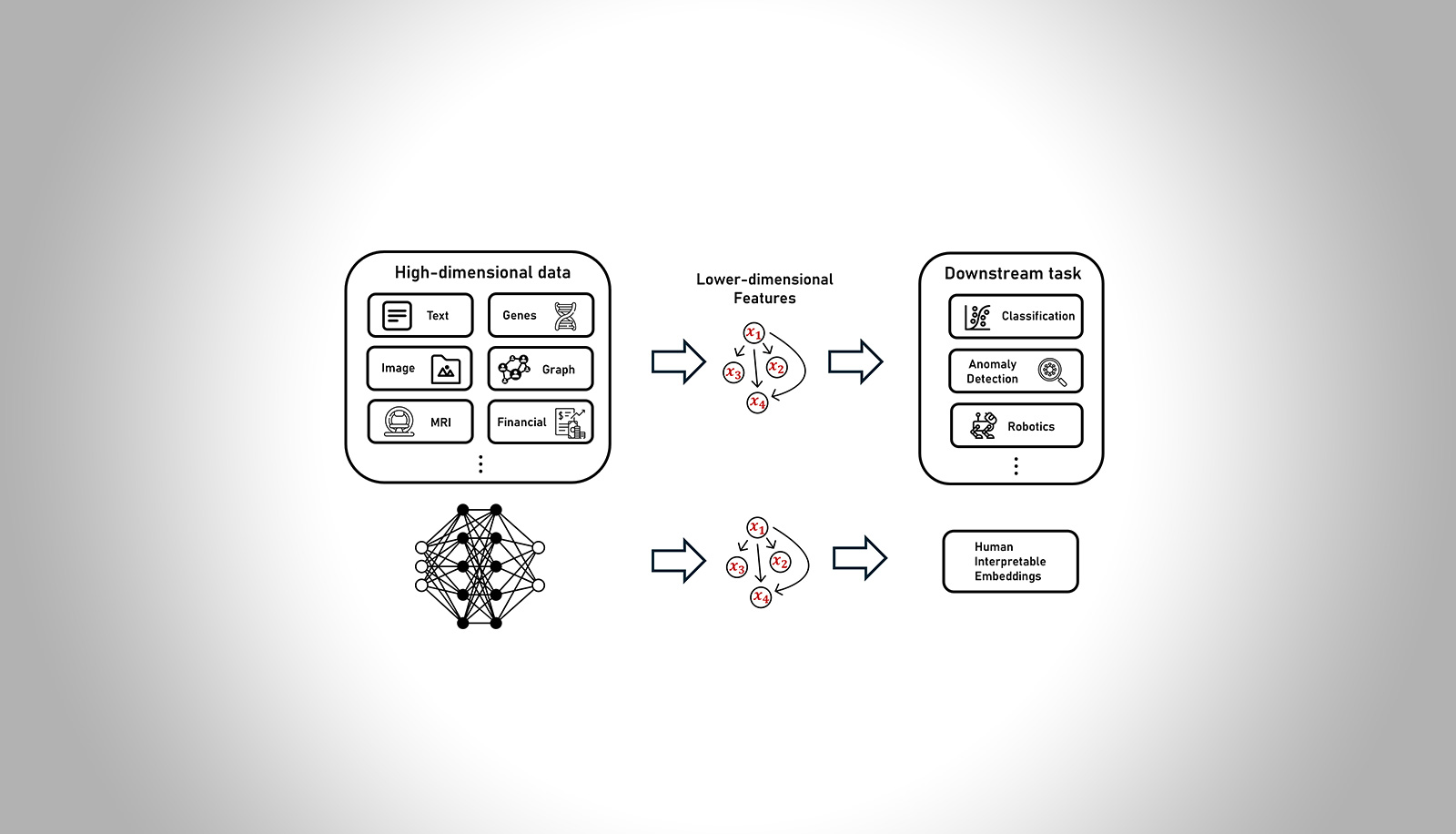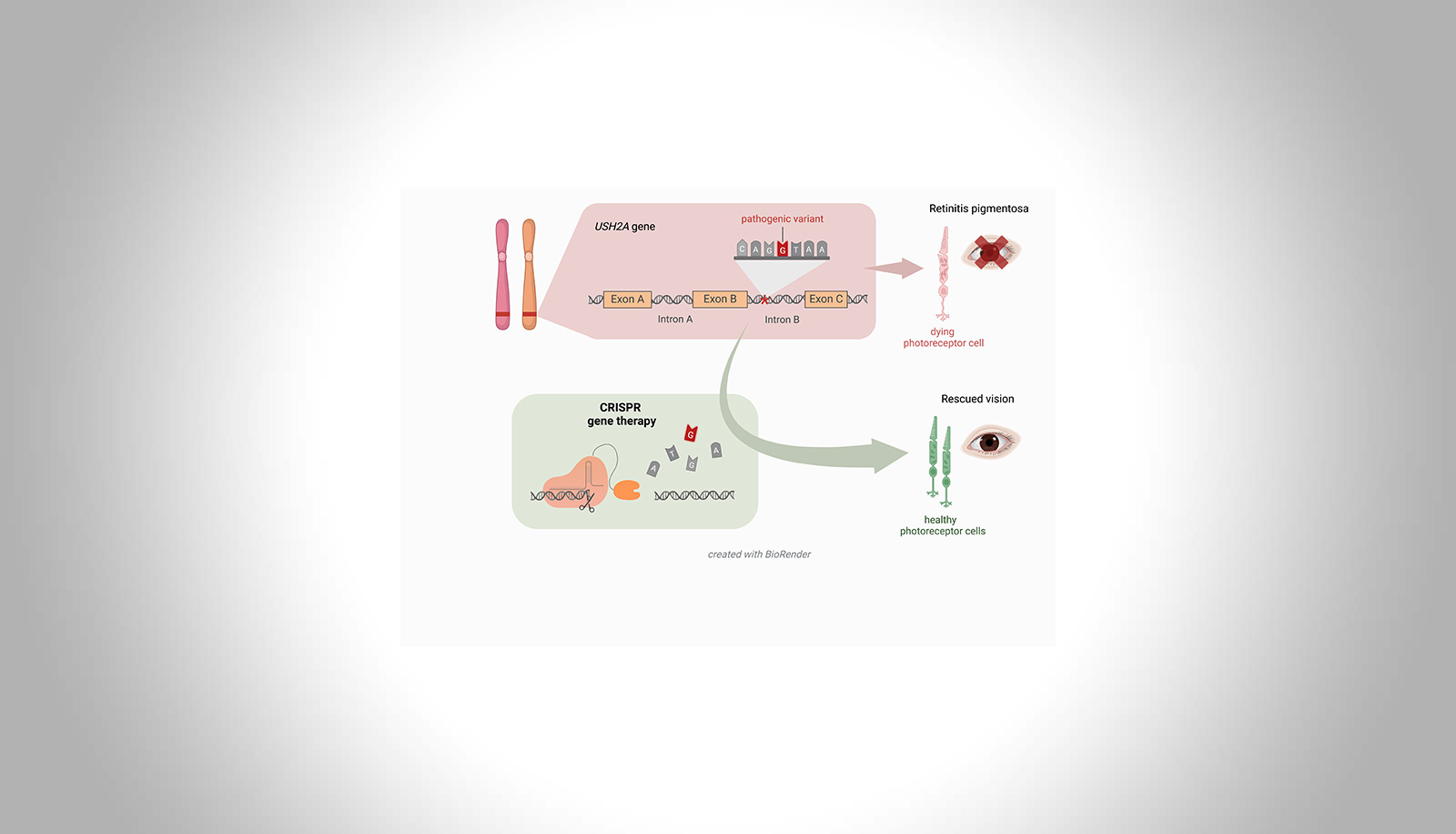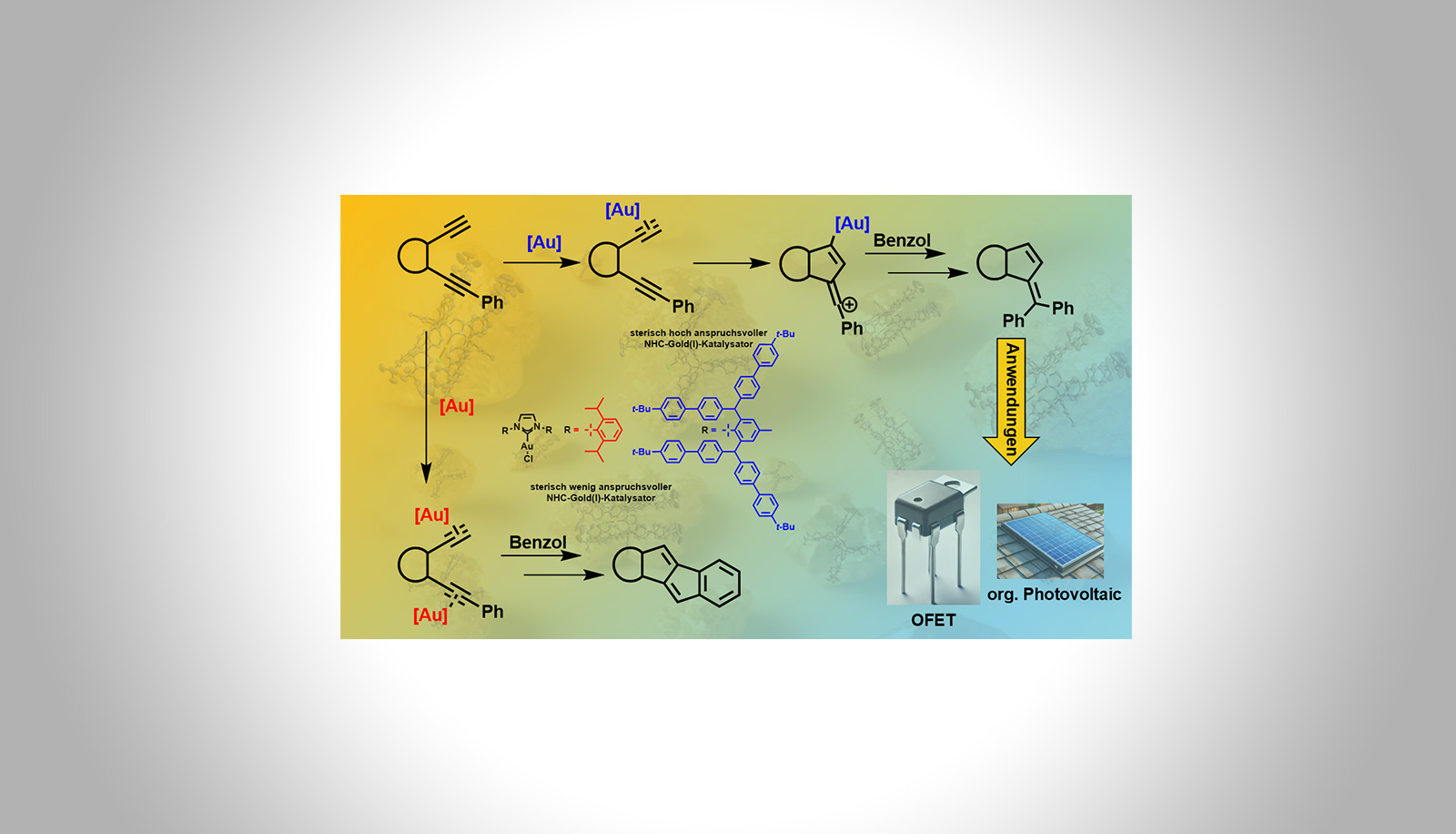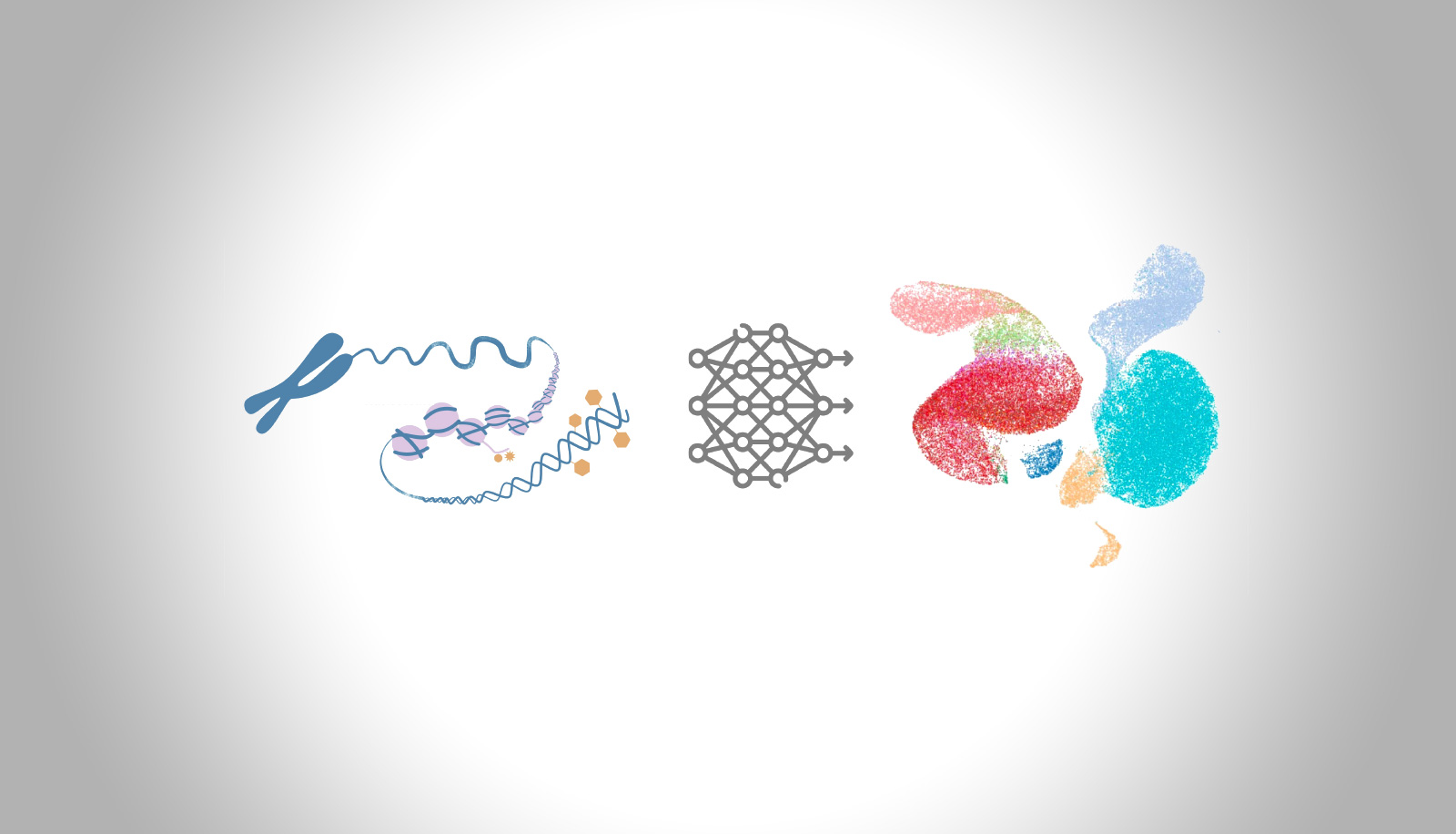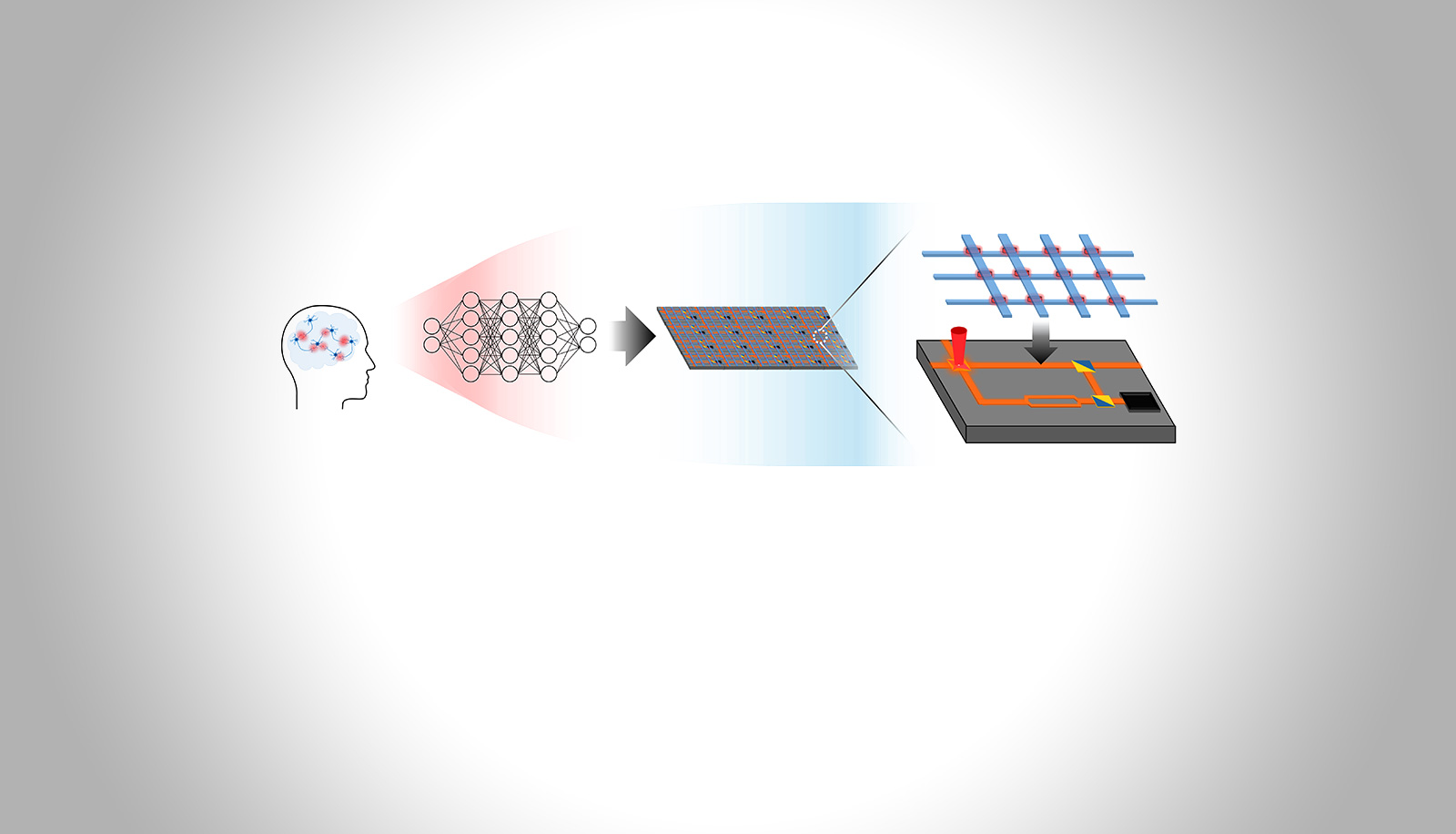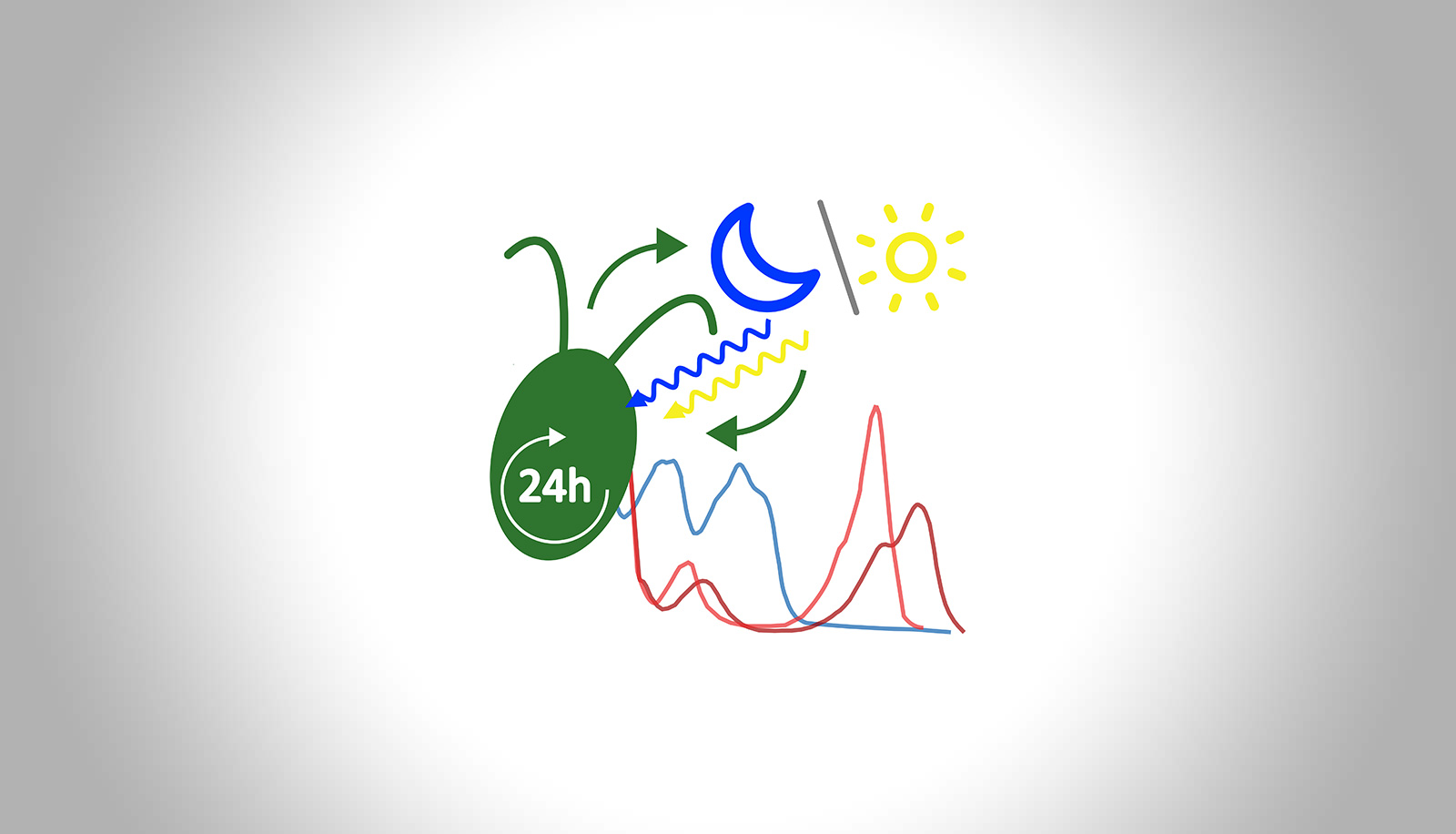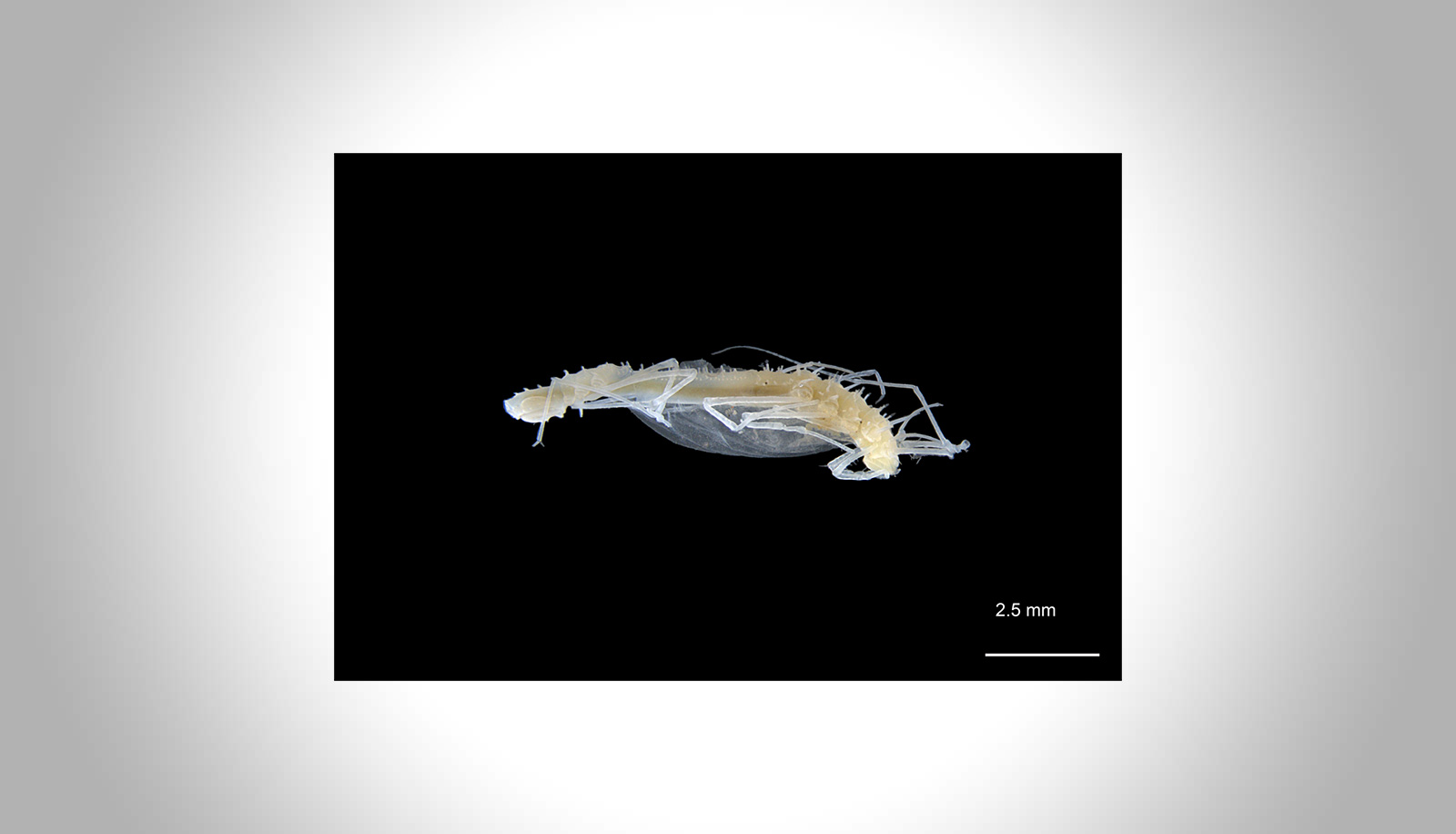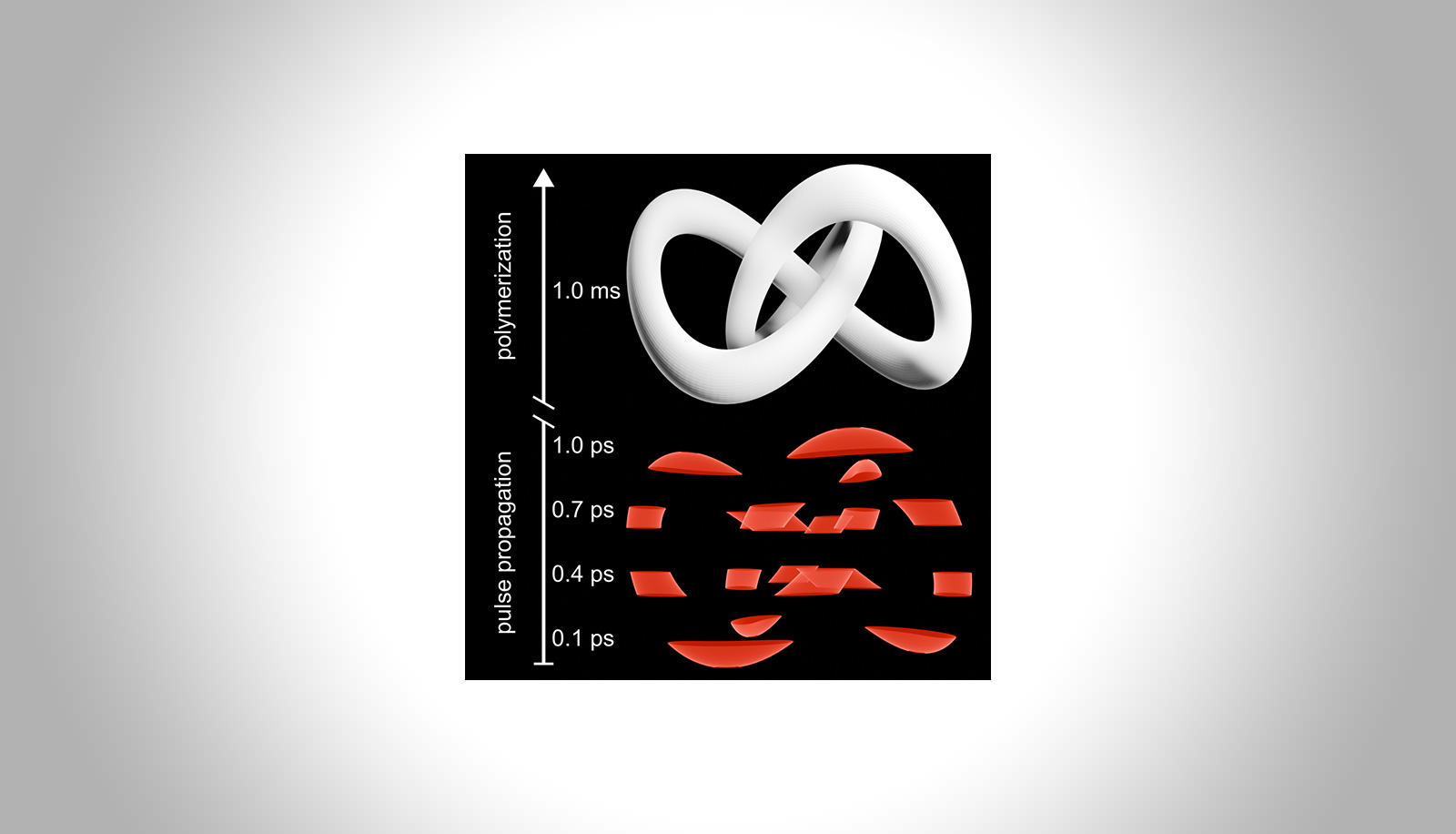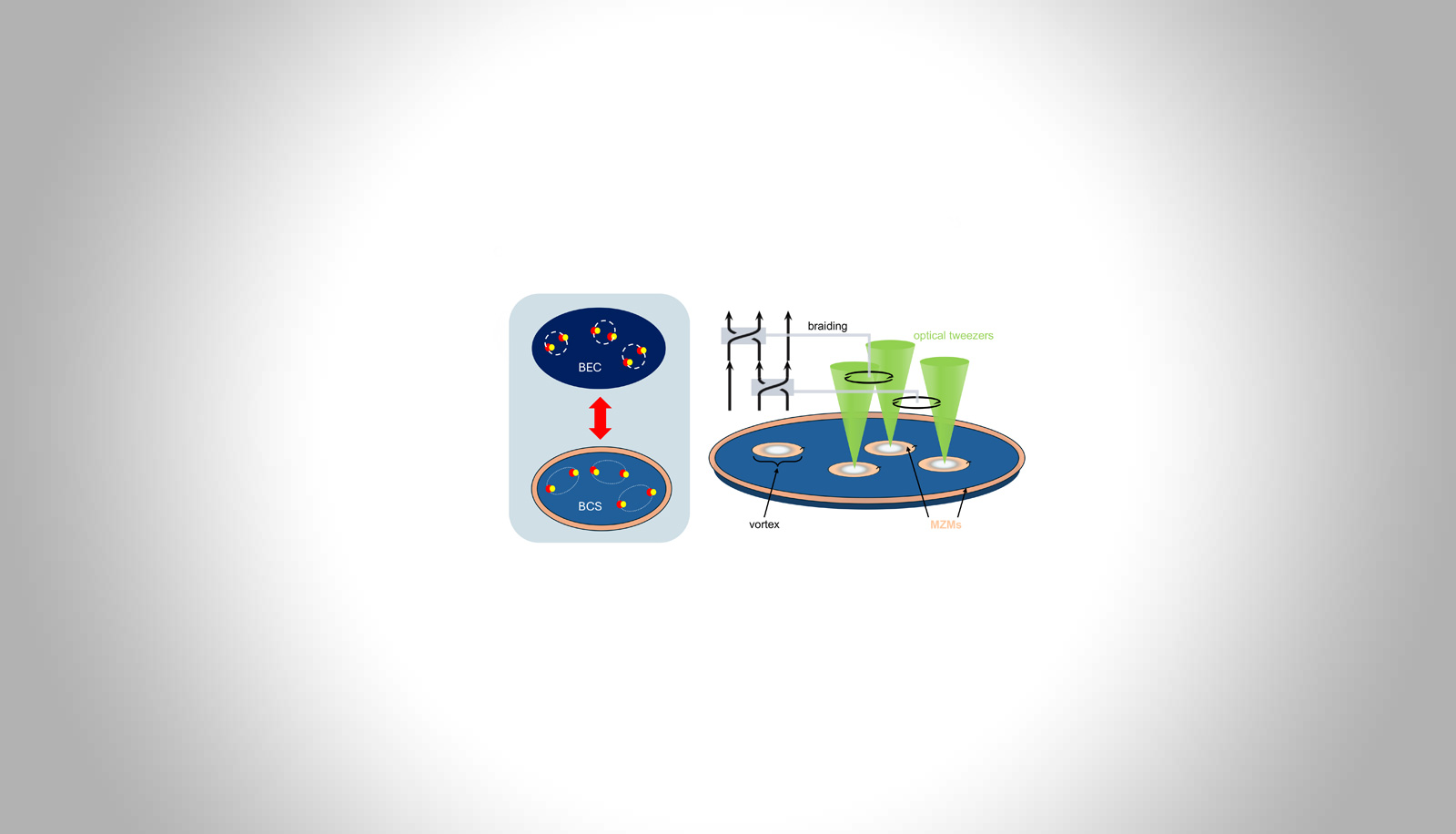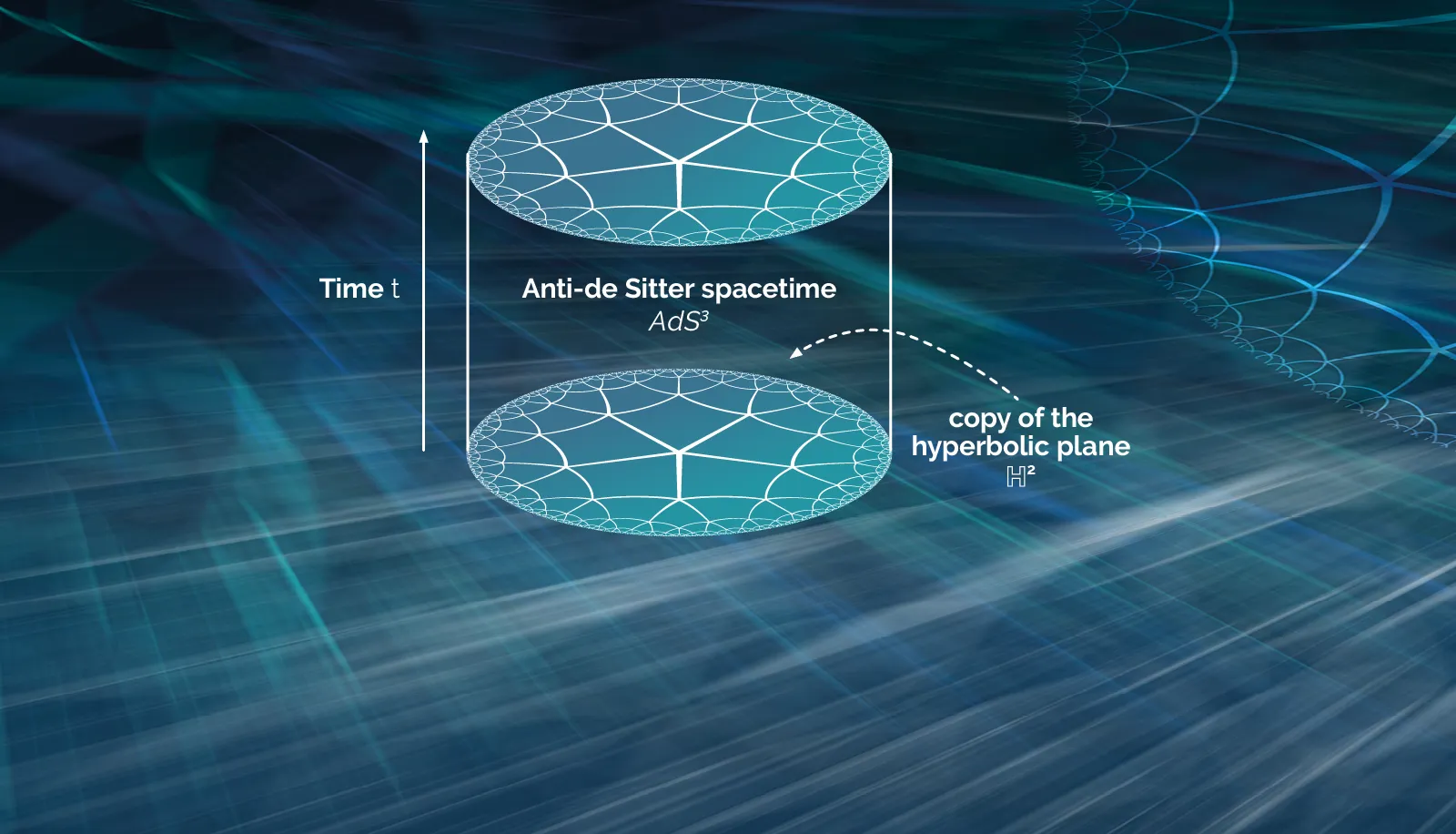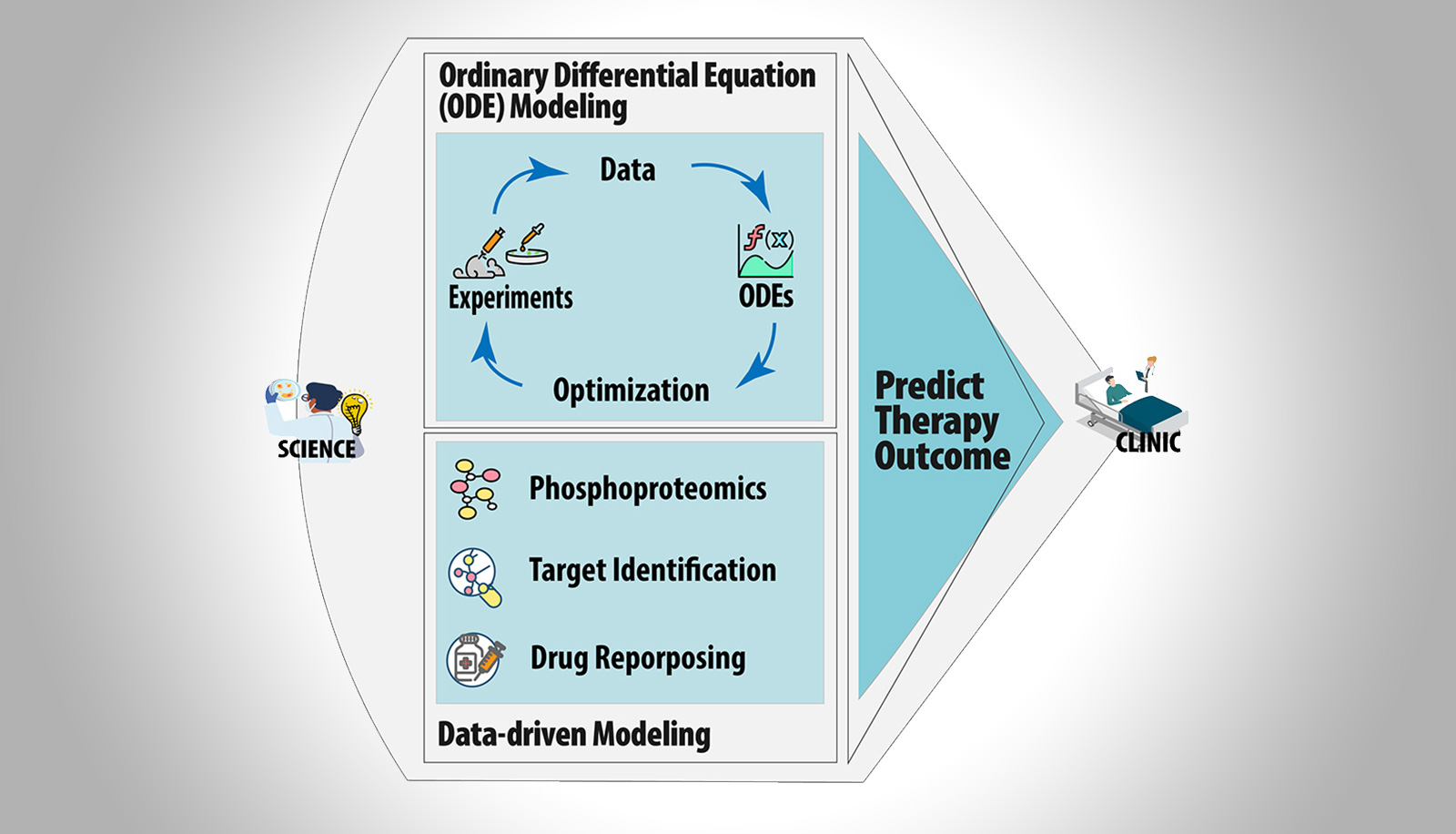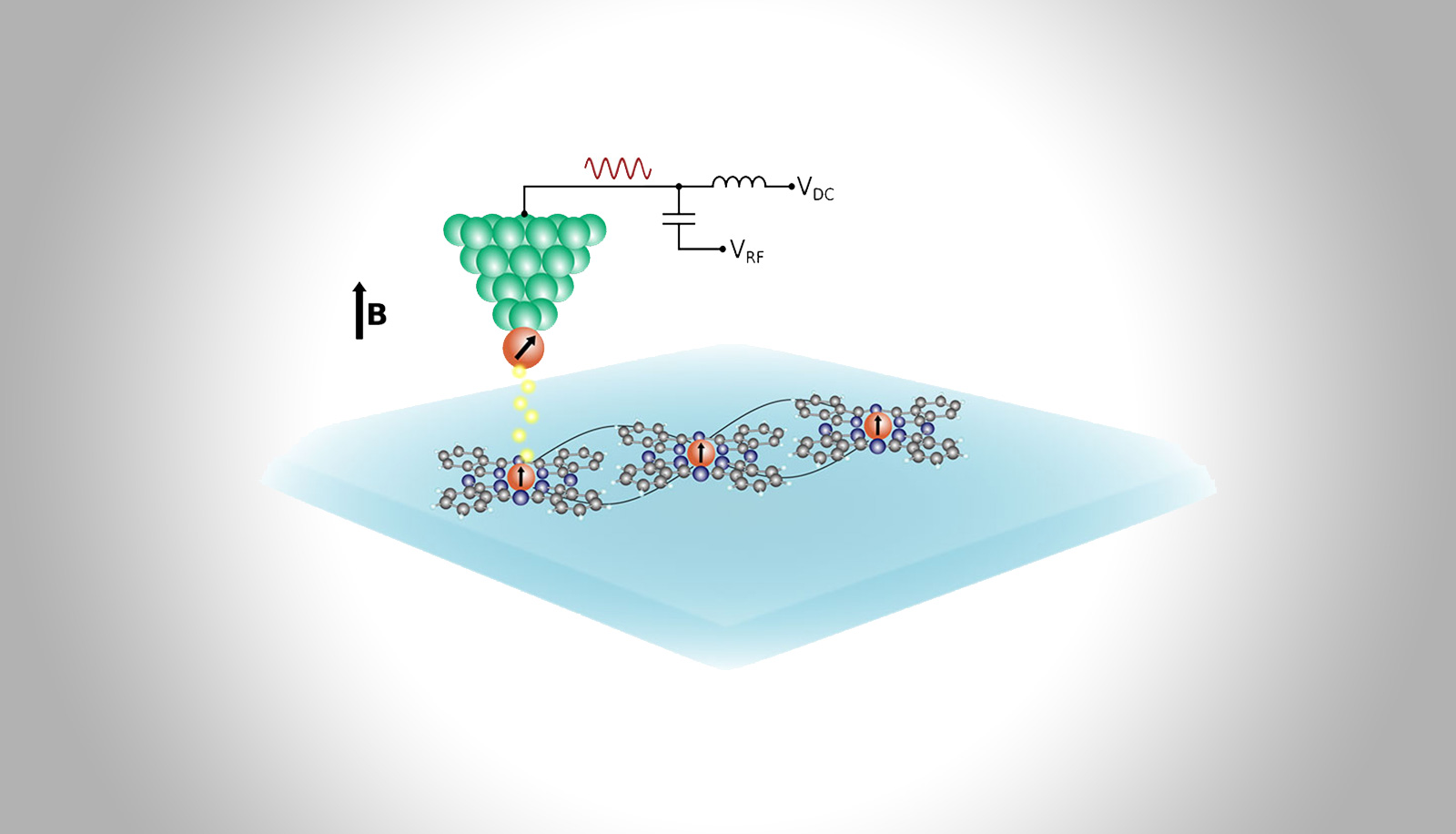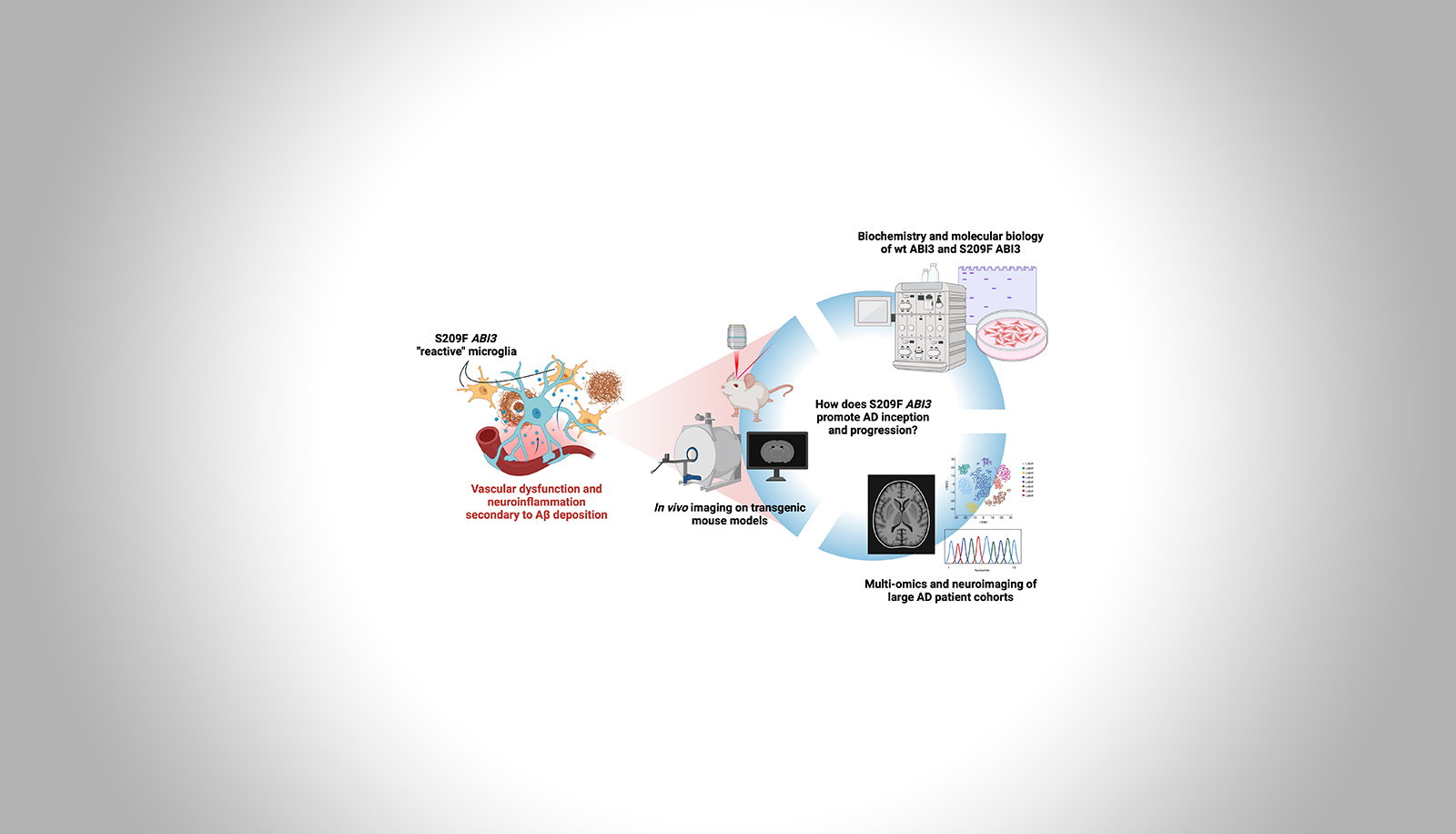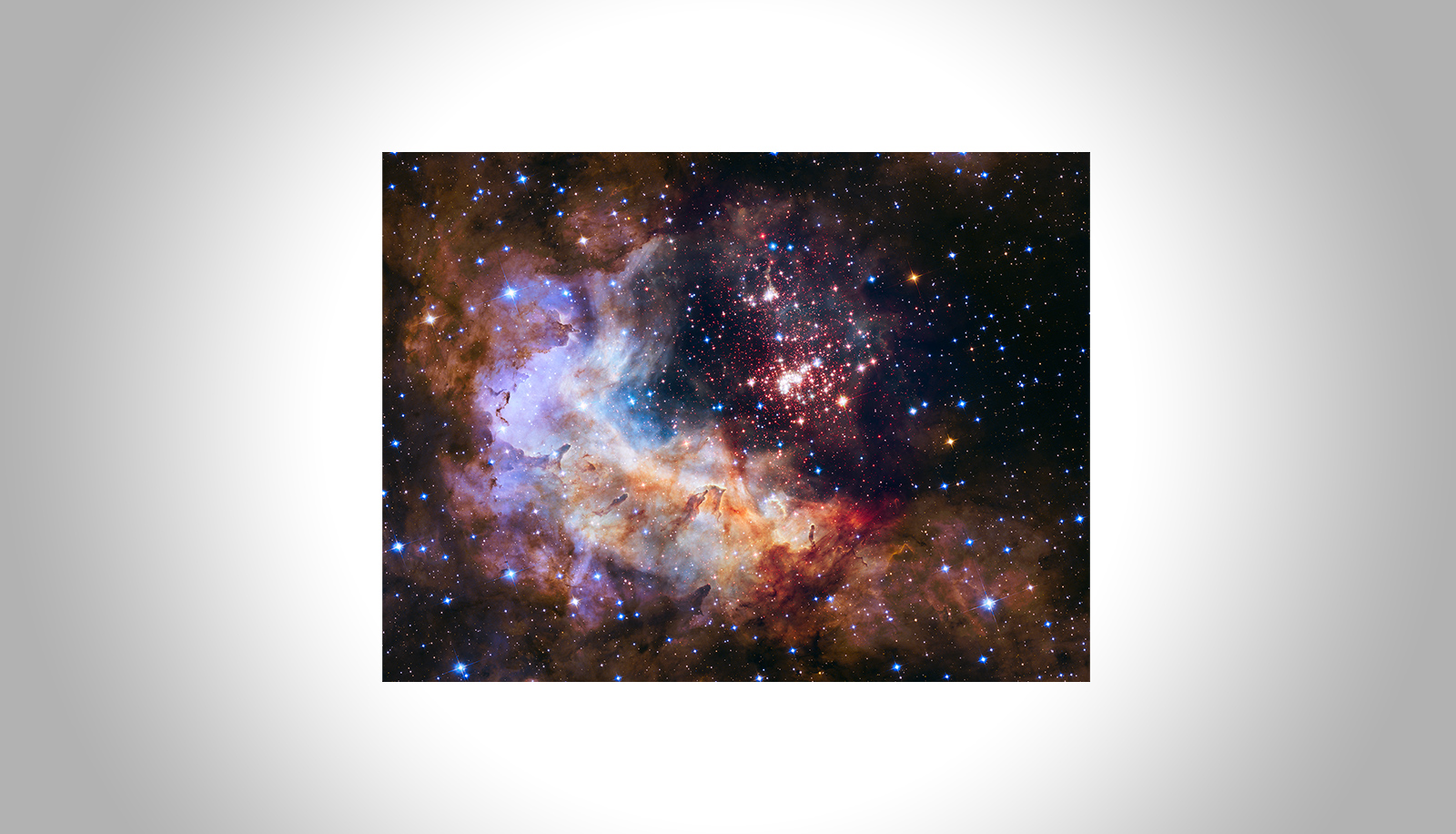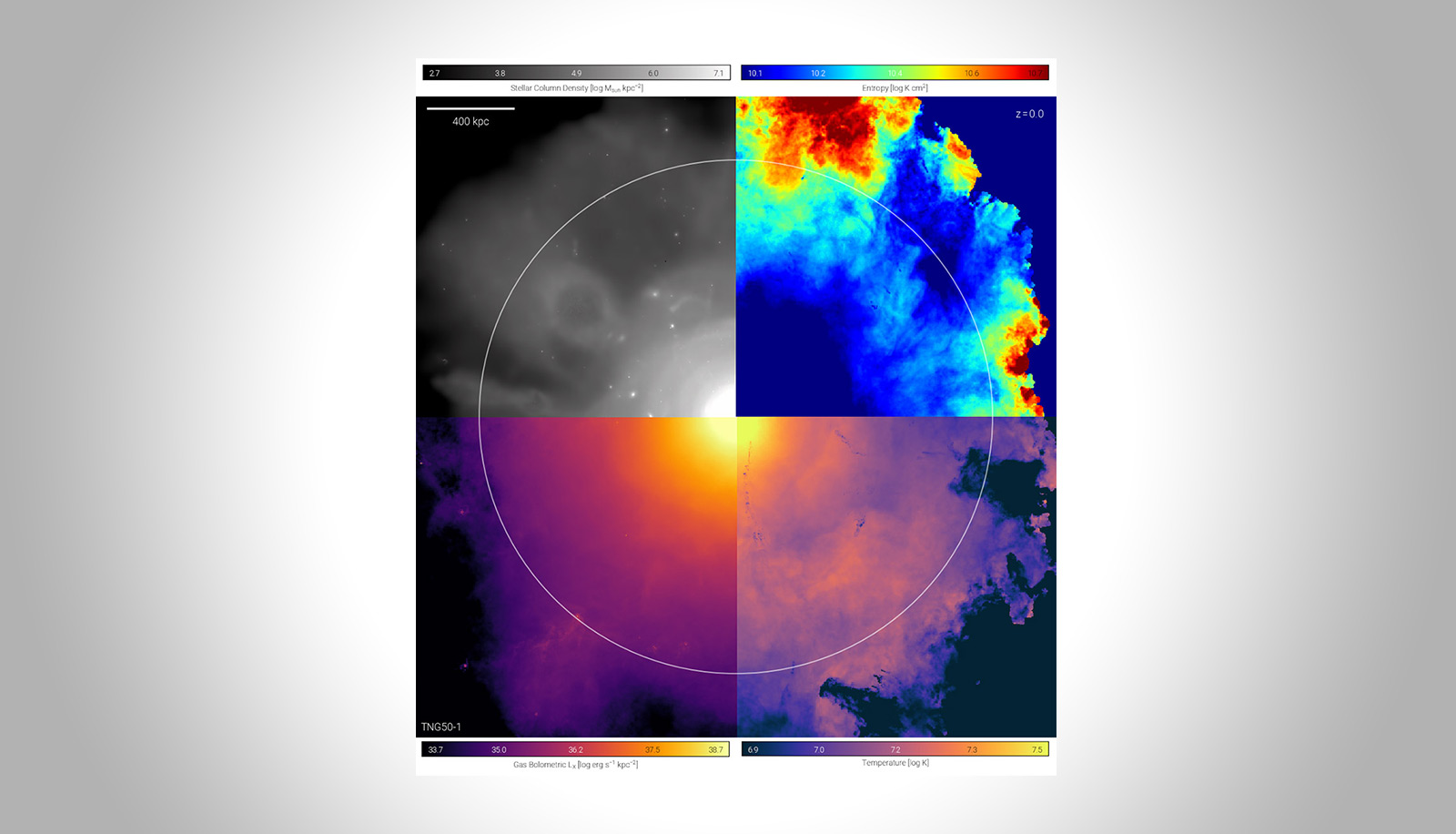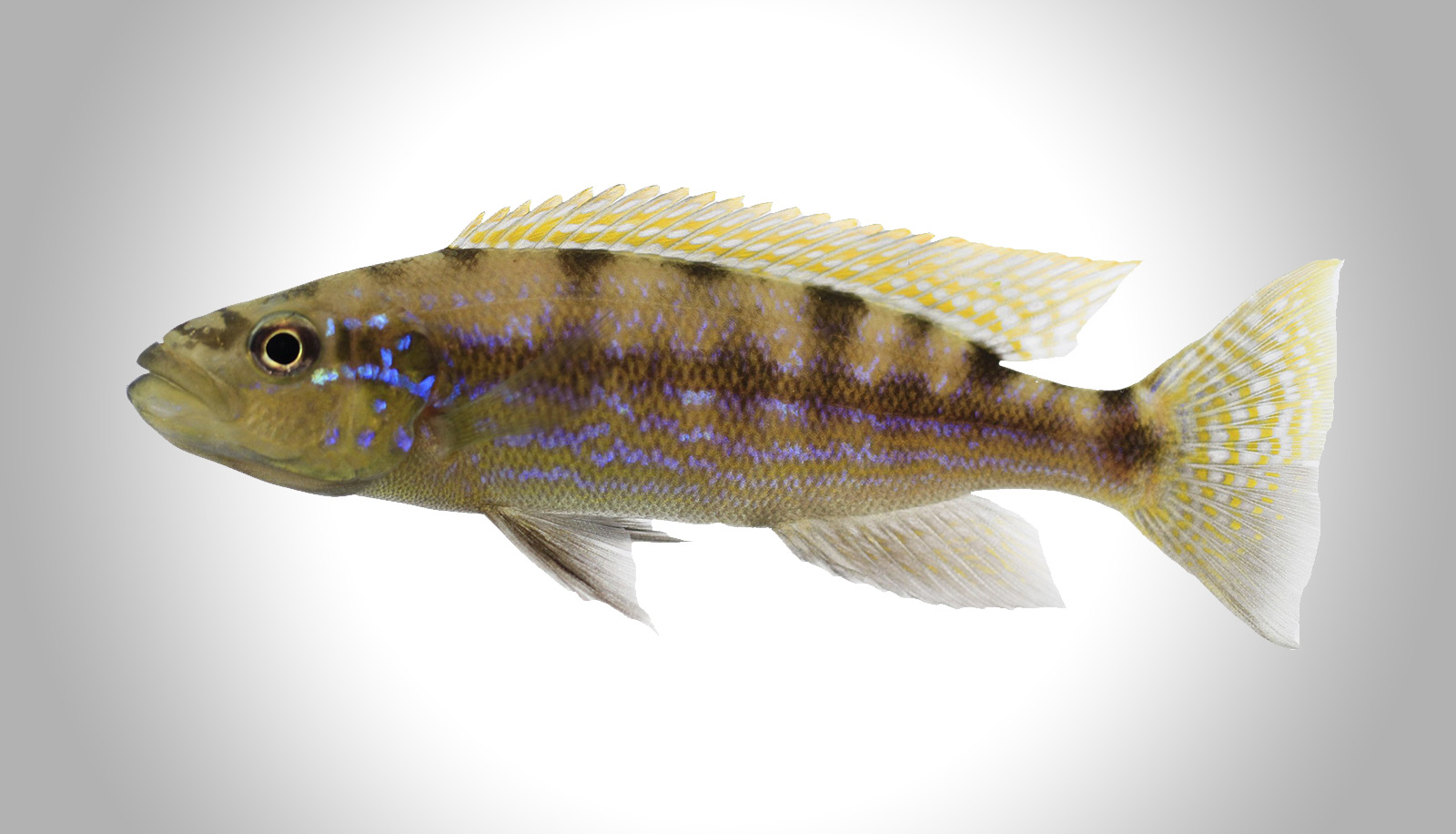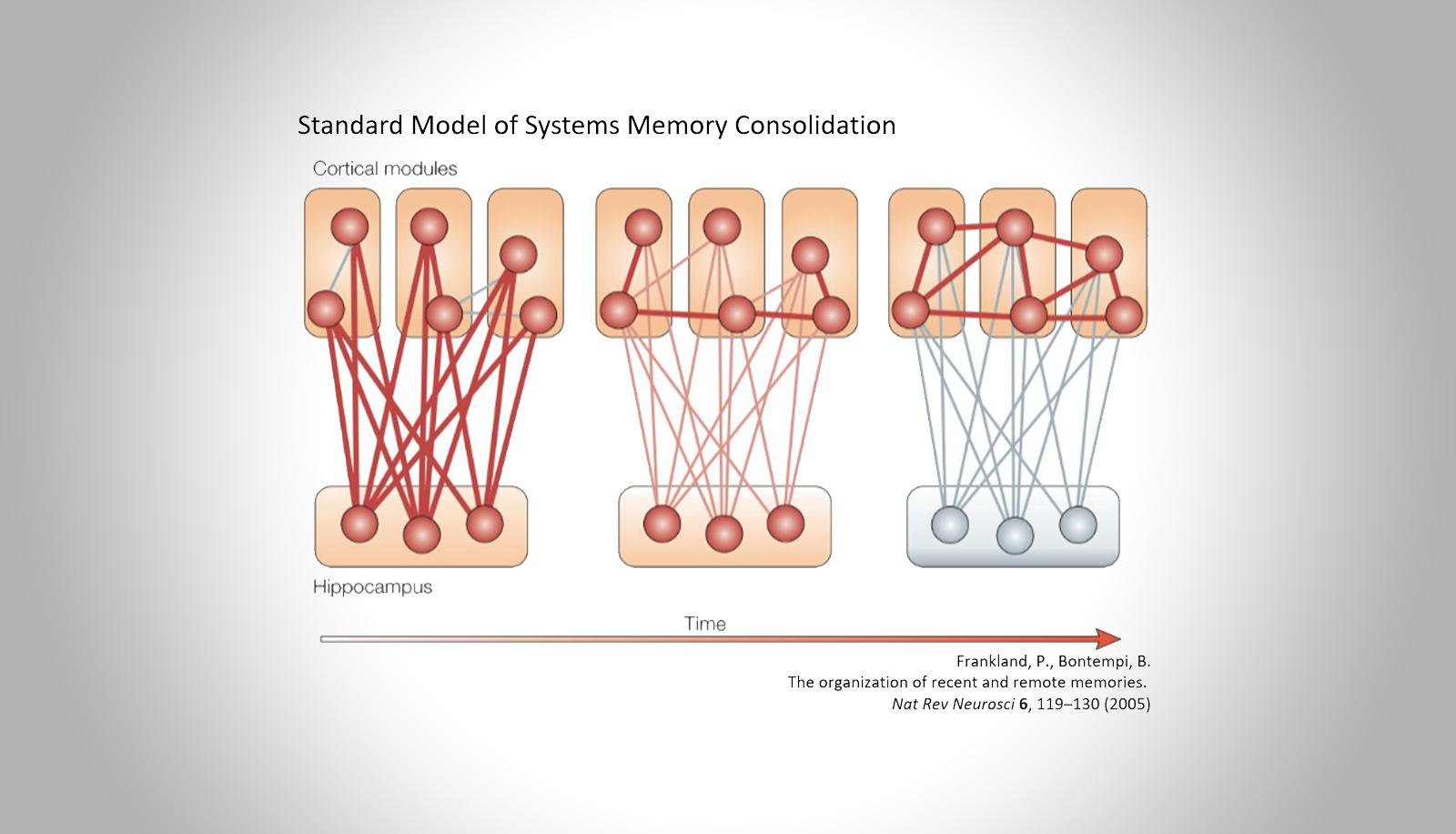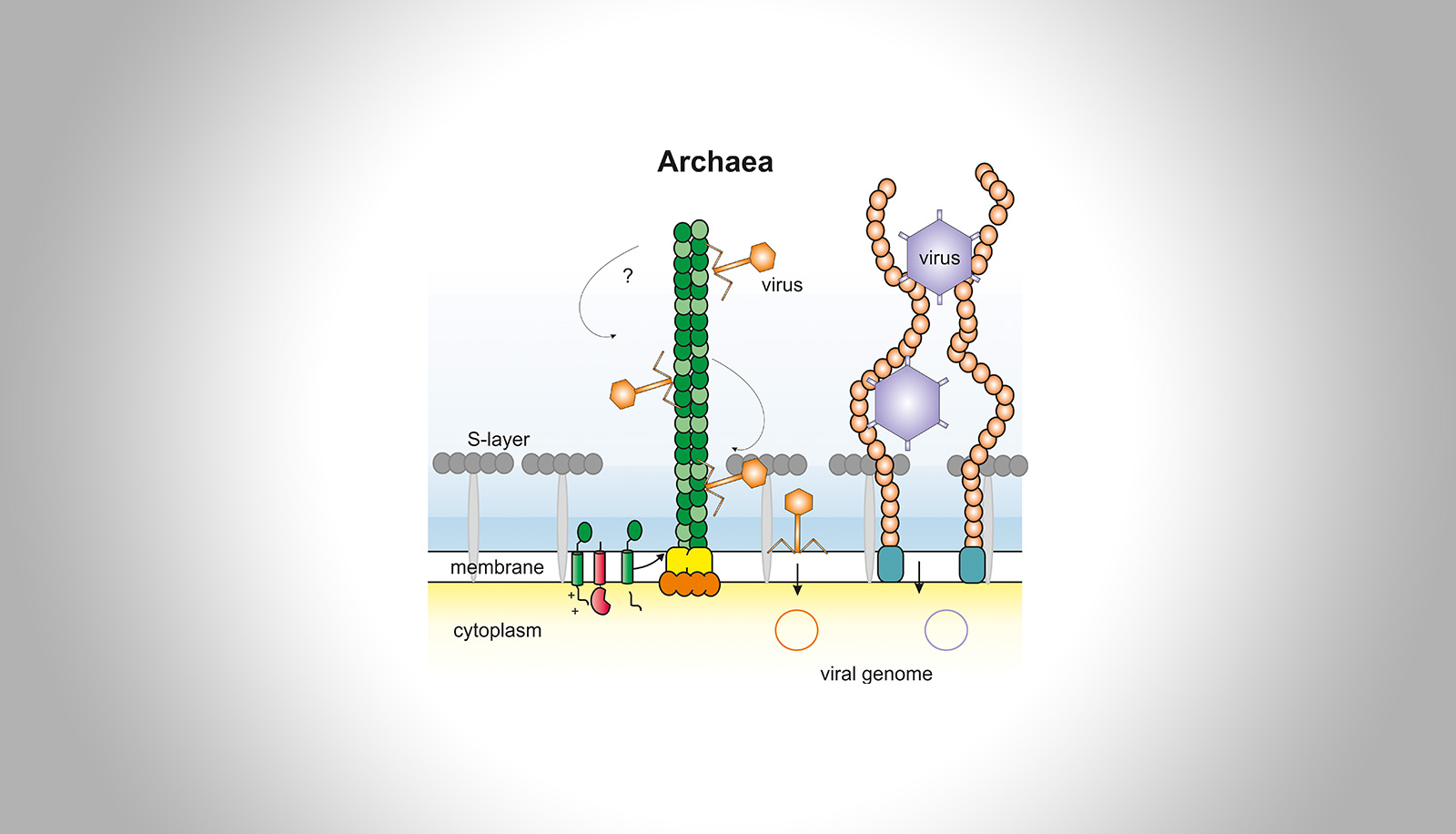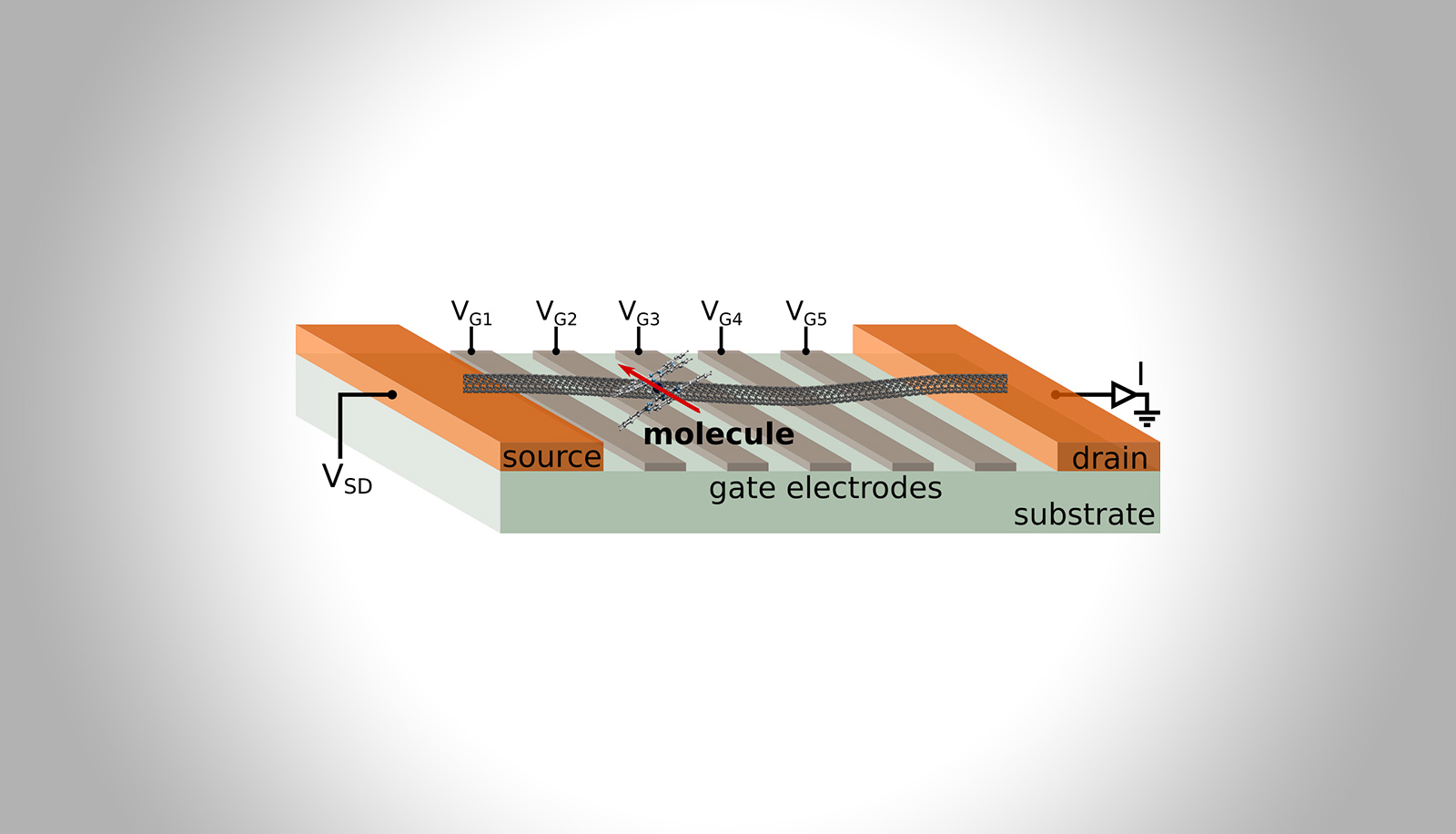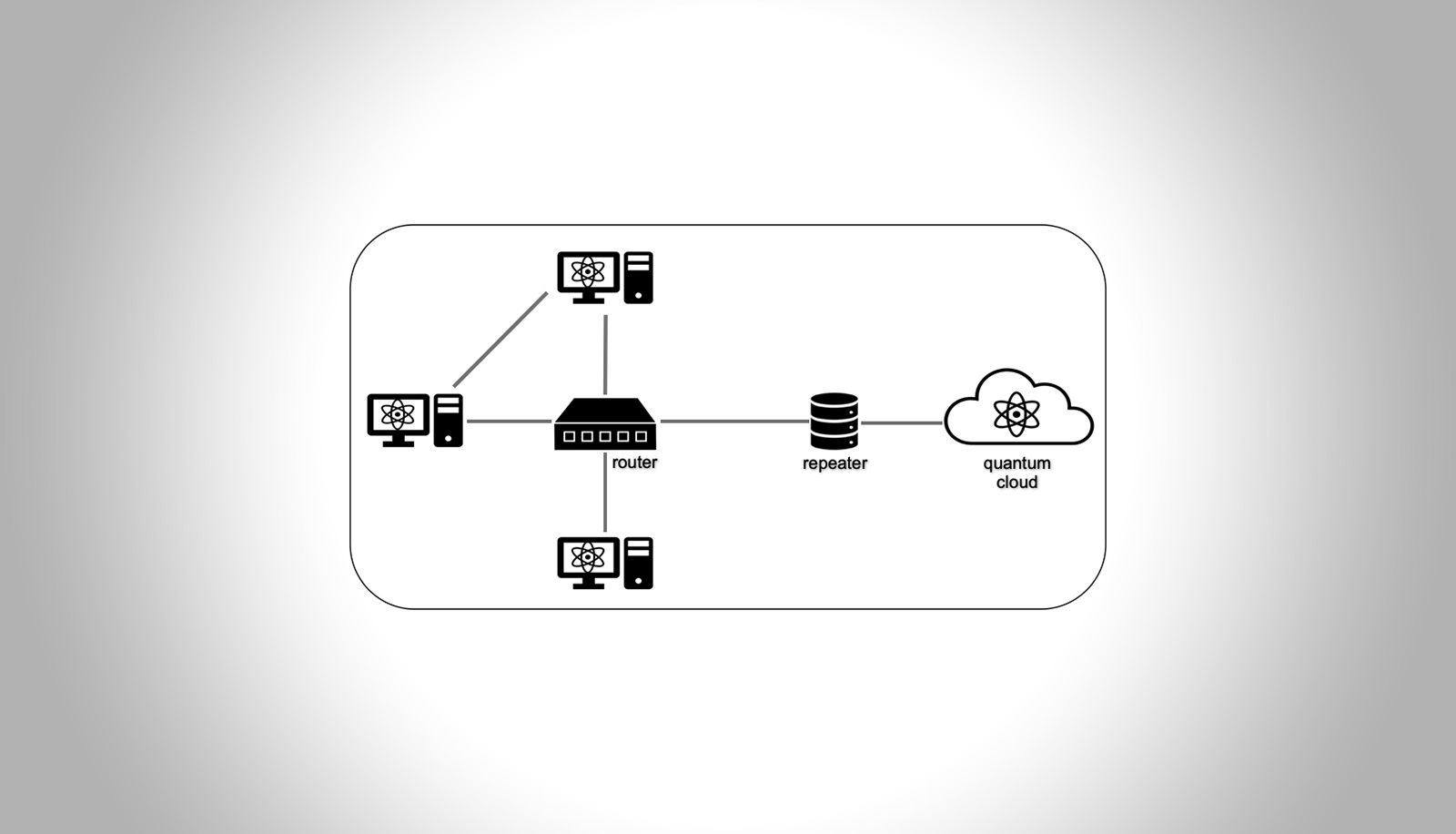Creating the Future
Doctoral ProjectsDoctoral Projects
Every year, the Hector Fellow Academy supports several doctoral positions for promising young scientists from all over the world. Under the supervision of a Hector Fellow, they will work on their innovative doctoral projects over a period of three years. In addition to financing their positions, they receive additional research funding from the Academy and take part in further training events.

Current projects
The following doctoral projects projects are supported
Inter-kingdom wound care between ants and plants
Melina Kienitz — Hector RCD Awardee Erik T. Frank
This project investigates the mutualism between Vachellia trees and Pseudomyrmex ants, focusing on their role in wound care. Using chemical ecology, proteomics, microbiology, and behavioral experiments, we plan to identify relevant wound healing compounds as well as the evolutionary mechanisms that enabled inter-kingdom wound care. This research expands on our concept of the social immune system by expanding it towards the ants’ host in this unique relationship.
Representation Learning and Causality: Theory, Practice, and Implications for Mechanistic Interpretability
Florent Draye — Hector Fellow Bernhard Schölkopf
This research projec aims to contribute to the development of methods that extract informative and interpretable features from high-dimensional datasets, with a focus on uncovering high-level causally related factors that describe meaningful semantics of the data. This, in turn, can help us gain deeper insights into the representations found within advanced generative models, particularly foundation models and LLMs, with the goal of improving their efficiency and safety.
Inducible CRISPR gene editing systems for pathogenic USH2A variants
Salome Spaag — Hector Fellow Eberhart Zrenner
Amongst the leading causes of retinal dystrophies worldwide is Retinitis pigmentosa, a severe disease often caused by splice variants in the USH2A gene. This project aims to develop a safe CRISPR-based therapeutic strategy for correction of such splicing defects. Using enhanced-deletion nucleases, the disease-causing alterations can be eliminated, hereby restoring correct protein synthesis. The focus lies on safety features as well as the development of an inducible viral delivery system for clinical application.
Investigation of the influence of sterically challenging NHC gold(I) complexes in di-cyclizations
Matthias Scherr — Hector Fellow A. Stephen K. Hashmi
The research project investigates the influence of sterically demanding NHC-gold(I) complexes on the cyclization of diyne derivatives. The focus is on the synthesis of various sterically demanding NHC-gold(I) complexes and their application in diyne cyclizations, particularly examining the reactivity and selectivity in gold-catalyzed reactions. Further investigations include theoretical calculations and practical applications of the synthesized cyclization products for pharmaceuticals or organic materials.
Advancing rare disease classification: exploring representation learning in low-data and heavy tail settings
Laure Ciernik – Hector Fellow Klaus-Robert Müller
This project seeks to advance rare disease classification using deep neural networks by addressing key challenges such as limited data and high heterogeneity. We will assess existing models and their representations, investigating how technical variations in medical data affect their characteristics.
Photonic Neuromorphic Circuits for Artificial Neural Networks
Martin Stecher — Hector Fellow Jürg Leuthold
We aim to develop artificial neural networks with brain-inspired circuits. Like in the brain, artificial neurons and synapses are built with novel memristors, arranged in a crossbar array. By combining these with ultra-fast photonics, we seek to improve signal processing and matrix-vector multiplications to address limitations from state-of-the-art architectures. This approach aims to advance computing solutions by reducing energy consumption, computational time, and system complexity.
Unveiling Circadian Function of Photoreceptors in Plants
Darius Rauch — Hector Fellow Peter Hegemann
My doctoral project focuses on identifying light-sensitive proteins called photoreceptors in the model organism Chlamydomonas reinhardtii. I aim to answer how these receptors regulate the inner biological clock known as the circadian rhythm. My major focus is to determine the properties of an unknown red light-sensitive photoreceptor and how this receptor regulates the clock. These insights can be used to understand how plants, in general, process light information.
Deep-sea macrofauna in the face of Arctic Change
Katharina Kohlenbach — Hector Fellow Antje Boetius
This project focuses on the distribution of deep-sea macrofauna (animals between 0.3 mm – 5 cm) in the deep Arctic Ocean across temporal and spatial scales. I will test the hypothesis if environmental factors like ocean warming and ice retreat will affect community composition. In addition, I will study the diversity, distribution, and connectivity of isopods as they comprise an abundant and diverse group of the macrofauna but are understudied in the Central Arctic. They are “brooders” – meaning they hatch their young in a brood pouch (imagine a tiny kangaroo) and therefore they usually do not disperse as far as animals with free-swimming larvae.
Holographic 3D Laser Printing
Sebastian Koch — Hector Fellow Martin Wegener
3D printing at the nanoscale is an established technology. However, for certain applications it is still considered prohibitively slow. Conventionally, laser beam pulses illuminate one volume element after another in a light-sensitive ink, building up the desired object. In this project, each laser pulse is holographically shaped and illuminates a large number of voxels in parallel. This technique promises orders of magnitude faster printing and shall be demonstrated for complex 3D structures.
Realizing p‑Wave Superfluidity in Ultracold Polar Molecules
Christine Frank — Hector Fellow Immanuel Bloch
Polar molecules enable the simulation of complex spin models and condensed matter phenomena due to their tunable long-range interactions. This project aims to investigate the transition from a Bose-Einstein condensate of tetratomic molecules to a diatomic p‑wave superfluid, referred to as BEC-BCS crossover. The superfluid is of special interest as it is expected to host Majorana zero modes—quasi-particles ideal for fault-tolerant topological quantum computing.
Design and Characterization of 3D-printed Microstructures using Deep Learning
Tim Alletzhäusser — Hector Fellow Martin Wegener
The project aims to accelerate and improve the fabrication of micromaterials by 3D laser printing through the use of deep neural networks (DNNs). Physical simulations of the printing process are developed and used to train the DNNs. They can then, for example, characterize the printed structures already in the printer or pre-compensate objects in such a way that iterative characterization and optimization outside the printer can be minimized.
Optical and electronic neuromorphic systems
Richard Kantelberg – Hector Fellow Prof. Dr. Karl Leo
The research project "Optical and electronic neuromorphic systems" focuses on bio-inspired and resource-efficient concepts for neuromorphic computing. The aim is to realise these concepts in optical and electronic systems based on organic semiconductor materials and to describe their physical foundations.
The Algorithmic Basis of Pattern Recognition in an Insect Pollinator
Lochlan Walsh — Hector RCD Awardee Anna Stöckl
Human brains and vision-based robotics require intensive computation to recognize visual pattern features in various contexts and augmentations, known as invariant pattern recognition. The hummingbird hawkmoth (Macroglossum stellatarum) similarly uses pattern features on flowers to select suitable foraging sites, with only a fraction of the ‘computational power’. Aiming to understand how they do so with such efficiency, we will use behavioural, neural, and computational methods to uncover the algorithmic basis of (invariant) pattern recognition in insect pollinators.
Higher rank Teichmüller theory with a focus on SO(p,q)
Laura Lankers — Hector Fellow Anna Wienhard
In a spacetime we have one time dimensions and multiple space dimensions. In our reality we experience three space-like dimensions. Now in differential geometry, nothing keeps us from considering manifolds with multiple time-like dimensions. In this project we study algebraic structures, in particular the group SO(p,q), which describe the dynamics and the geometry of so-called pseudo-Riemannian hyperbolic spaces with at least one time dimension.
Using mathematical modeling to facilitate the translation of research findings
Katharina Lauk — Hector Fellow Jens Timmer
Despite extensive research in personalized medicine, promising personalized therapies still fail to translate into clinical practice. In my research project, I aim to construct a pathway model that predicts the effects of potential therapies by combining mechanistic modeling and experimental approaches to meet ideal criteria for facilitating the translation of research to patients.
Molecular Spin Systems on Surfaces
Paul Greule — Hector RCD Awardee Philip Willke
Single magnetic molecules can be used as building blocks to construct new artificial spin systems which are interesting for future quantum devices. We use scanning tunneling microscopy (STM) combined with electron spin resonance (ESR) to construct and investigate such spin systems on a surface. This enables the study of fundamental spin properties on the atomic scale and exploring novel magnetic phenomena in multi-spin systems.
The role of early vision for bidirectional neural communication
Tiago Lereno Mesquita — Hector Fellow Brigitte Röder
Collaborating with the LV Prasad Eye institute, we investigate sight recovery individuals with a history of transient congenital blindness due to cataracts to unveil the neural mechanisms of sensitive periods in brain development. More specifically, we investigate higher cortical representations and whether and how they emerge if visual input arrives delayed e.g., not before mid-childhood. The present PhD project will focus on object representations and how they emerge in the interaction with other visual areas. We expect a better understanding of how early experience shapes adult brain connectivity.
Neuroimmune-vascular interplay in Alzheimer’s disease
Matteo Rovere — Hector Fellow Christian Haass
Alzheimer’s disease (AD) has a multifactorial etiology which includes, among others, vascular dysfunction and aberrant neuroimmunity. We aim to investigate the gene ABI3 as a potential connection between these two facets of AD pathophysiology. Through transgenic murine models, and using a combination of biochemical, immunohistochemical, and in vivo imaging techniques, we will explore how the late-onset AD risk variant S209F ABI3 affects neurodegeneration, immune fitness, and vascular dynamics.
Multidimensional Modeling of Inborn Errors of Hematopoiesis in a new three-dimensional Human Bone Marrow Organoid Model System
Megha Varghese Mukherjee — Hector Fellow Christoph Klein
Rare genetic disorders lead to a failure to produce enough blood cells that are frequently fatal, seen most often among young children. These diseases are primarily monogenic, caused by the loss of function in a single gene. To investigate the effects of this loss of function, my project seeks to mimic it outside of the human body, specifically in human bone marrow organoids (BMOs). By studying BMOs, the aim is to identify critical factors contributing to bone marrow failure and ultimately use this information to develop new diagnostic methods.
Steps Towards Solving the Enigma of Multiple Populations in Star Clusters
Abhinna Sundar Samantaray — Hector Fellow Eva Grebel
Star clusters used to be considered to consist of stars that all formed simultaneously and with the same elemental abundances. The surprising discovery that these clusters contain multiple populations with characteristic abundance inhomogeneities remains an enigma. I will investigate whether rotational mixing is a plausible culprit, using massive emission-line stars as tracers of rapid rotation. Also, I will assess the validity of certain light elements as signatures of multiple populations.
Triggered contraction of self-assembled DNA nanotube rings
Maja Illig — Hector RCD Awardee Kerstin Göpfrich
DNA nanotubes are widely used as a mimic for cytoskeletal filaments in bottom-up synthetic biology. Using a synthetic starPEG construct that acts as a crosslinker, we succeed in bundling the few nanometer thick DNA nanotubes. In bulk they self-assemble into micron-scale rings. We achieve their contraction upon temperature increase or molecular depletion with crowing molecules such as dextran (in collaboration with Kierfeld group, TU Dortmund).
Cloudy With a Chance of Rain: Simulating the Galactic Weather
Katrin Lehle — Hector RCD Awardee Dylan Nelson
Galaxies are embedded in a rich and complex atmosphere – the circumgalactic medium (CGM). Understanding the processes going on in the CGM is inevitable for a self-consistent model for galaxy evolution. Thus, we will shed some light on open questions about galaxy clusters using numerical simulations. We will analyze the already existing cosmological state-of-the art simulation IllustrisTNG and also write new types of simulation.
Genetic basis of bilateral asymmetry in a scale-eating fish
Xiaomeng Tian – Hector Fellow Axel Meyer
Most animals exhibit bilateral symmetry, but asymmetric traits have repeatedly evolved in different taxonomic groups. However, the genetic mechanisms responsible for asymmetric trait variation remain unclear. We will use the scale-eating fish, Perissodus microlepis, to dissect the genetic basis of its remarkable morphological and behavioural asymmetry. This study will yield important insights into the mechanistic underpinnings of asymmetric development and the origin of evolutionary novelty.
Neural processes of adaptive and maladaptive memory consolidation
Tobias Debor – Hector RCD Awardee Monika Schönauer
Highly emotional memories are processed differently from neutral ones. For negative experiences, this can result in maladaptive memory formation which may foster emotional psychological disorders. This project aims to improve our understanding of adaptive and maladaptive memory processing. We will analyze brain activity in tasks that model maladaptive memory symptoms. By this, we hope to identify entry points for treatments that counteract maladaptive memory formation.
High-resolution 3D mapping of the human hypothalamus in 10 postmortem brains
Alexey Chervonnyy – Hector Fellow Katrin Amunts
Our study aims to analyse and map the cytoarchitecture of the human hypothalamus in histological sections of 10 postmortem brains. As a result, we want to develop a high-resolution 3D reconstructed histological model of the hypothalamus and its nuclei as a tool for assessing the structure-function relationship and a probabilistic cytoarchitectonic map of the hypothalamus that will reflect the variability of hypothalamic nuclei between individual brains, in terms of size and location in standard reference space.
Systems biology approach for elucidating bacterial revival after antibiotic treatment
Adewale Ogunleye – Hector RCD Awardee Ana Rita Brochado
The ability of non-resistant bacterial pathogens to survive antibiotics during infection (tolerance) contributes not only to global rise of antibiotic resistance, but also to chronical relapse of infections. The aim of the project is to understand what contributes to bacterial revival after antibiotic treatment and the underlying biological pathways. The findings of this project will contribute to better informed decisions on the selection of antibiotics to treat infections and prevent relapse.
Strategies to escape viral infection in archaea
Zaloa Aguirre – Hector RCD Awardee Tessa Quax
Viruses are the most abundant biological entities on Earth. Although they infect members of the three domains of life, little is known about the infection mechanisms of archaeal viruses. The aim of this research is to gain insight into the interaction between halophilic archaeal cells and their viruses by using a combination of light and electron microscopy with molecular biology and virological techniques.
Mechanical manipulation of molecular spins in CNT resonators
Tim Althuon – Hector Fellow Wolfgang Wernsdorfer
Carbon nanotube (CNT) resonators will be designed and fabricated to exploit their sensing properties. We will graft a single-molecule magnet (SMM) on such a CNT resonator in order to manipulate its spin states via the mechanical motion of the CNT. Using this nanomechanical approach, single-molecule magnets will be investigated with the long-term prospect of applying them in future quantum technologies.
Security and Anonymity in Quantum Networks
Ziad Chaoui – Hector RCD Awardee Anna Pappa
Due to technological advances we can now build devices that actively manipulate quantum mechanical objects, and using quantum objects as information carriers has many important implications for future communication. Quantum information can be used to achieve perfect security and provide efficiency for communication networks. This research project focuses on designing secure and anonymous quantum communication protocols in an effort to build a future quantum internet.
Machine learning methods for gravitational-wave data analysis
Maximilian Dax – Hector Fellow Bernhard Schölkopf
The detection of gravitational waves (GWs) has opened a new window on the universe, through which we can study the physics of black-hole and neutron-star mergers. By analyzing GWs we can infer properties of the corresponding astrophysical systems. Current analysis methods are however too computationally expensive to deal with the growing amount of data. My research is thus concerned with the development of more efficient methods for the GW analysis using powerful machine learning methods.
Alumni projects
Find here an overview of the already completed projects.



